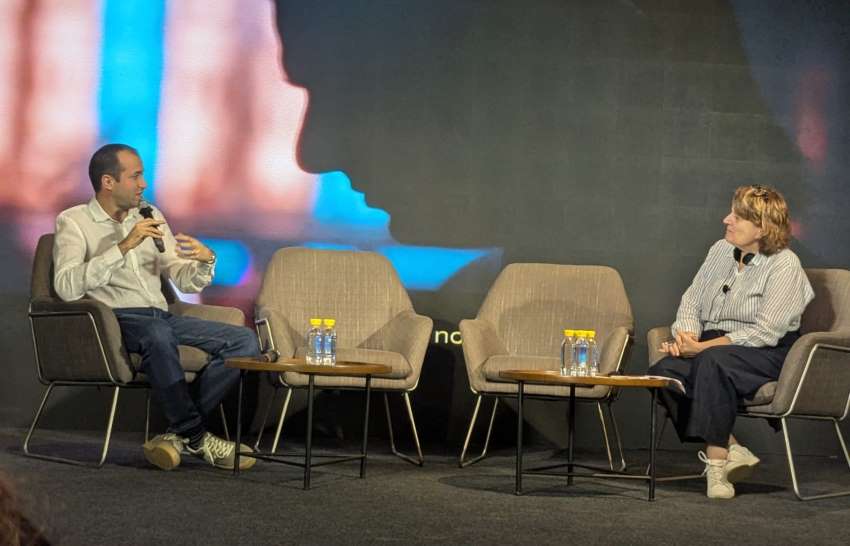Denim maker Levi Strauss has revised its yearly profit forecasts upwards attributing the increase to the company’s recent cost-saving measures that included reducing its workforce and adopting more moderate approach to discounts on its denim products.
To achieve cost efficiencies, Levi's streamlined its global corporate workforce, including trimming senior leadership positions, and streamlined operations in Europe while discontinuing lower-margin ventures like its Denizen brand and European footwear business. The company incurred a restructuring charge of $116 million in the first quarter.
Despite the company reporting a loss of $10.6 million in the first quarter, compared to a profit of $114.7 million the previous year, Harmit Singh, Chief Financial Officer expressed optimism about the stability of the US consumer market.
Sales of Levi's products directly to consumers through its website and owned stores increased by 8 per cent on a constant-currency basis during the quarter. However, sales through wholesale channels, including department stores like Macy's and Kohl's, declined by 19 per cent on a constant-currency basis, a sharper decline than the 3 per cent drop in the fourth quarter.
Additionally, higher full-price sales and reduced product costs boosted Levi's gross margins by 240 basis points to 58.2 per cent in the first quarter. However, the company maintains its full-year revenue growth outlook in the range of 1 per cent to 3 per cent.
Although Levi's net revenue decreased by approximately 7.8 per cent to $1.56 billion in the quarter ending February 25, it slightly exceeded estimates of $1.55 billion, according to LSEG data.
Facing reduced orders from retailers amidst inflation concerns, Levi's plans to trim its product range by approximately 15 per cent and focus on expanding products favored with consumers, particularly baggy fits and loose styles.












